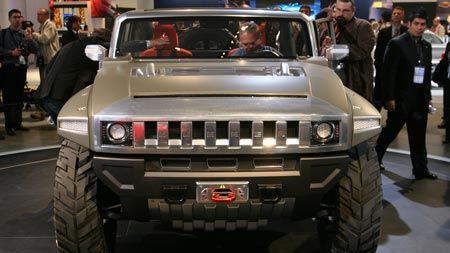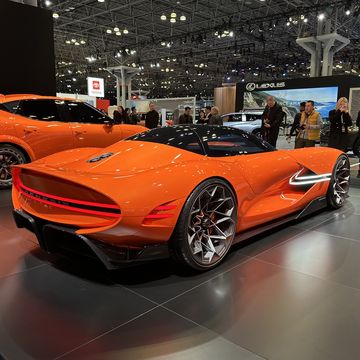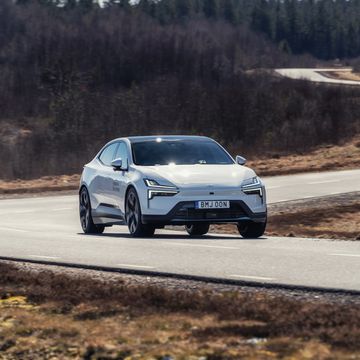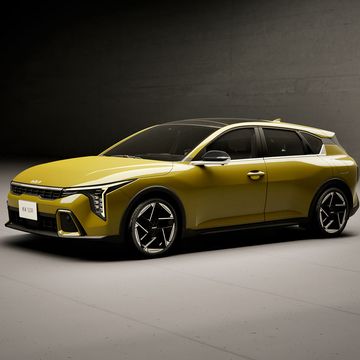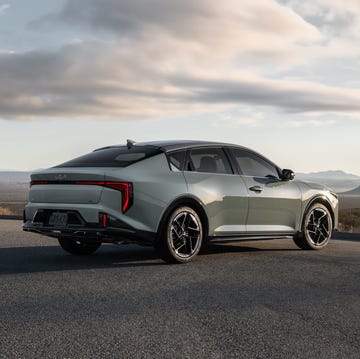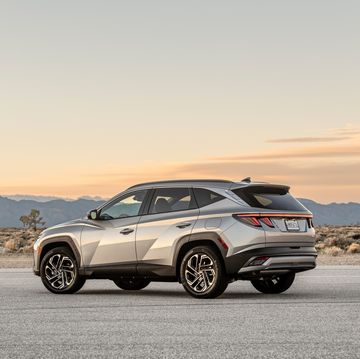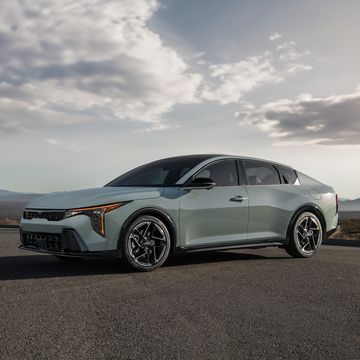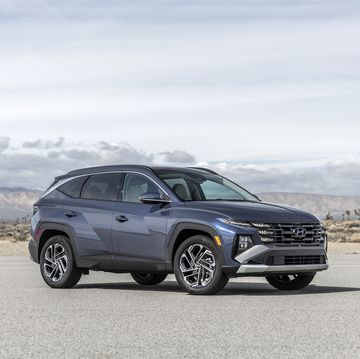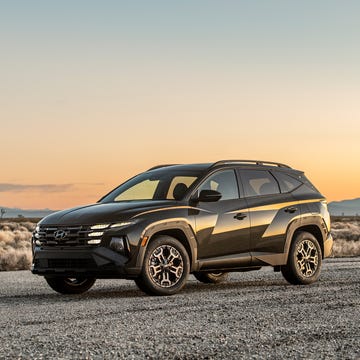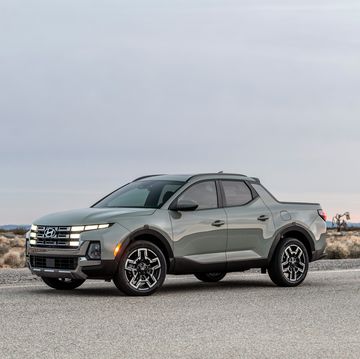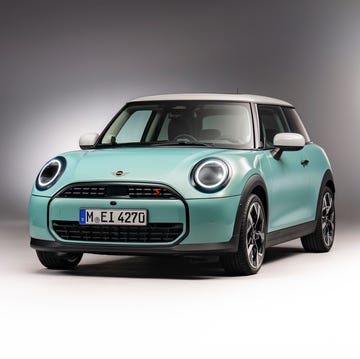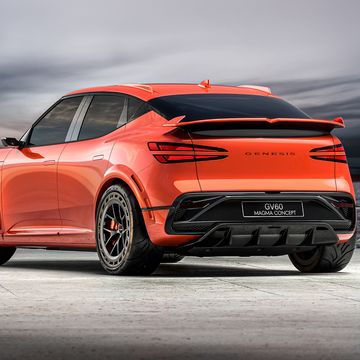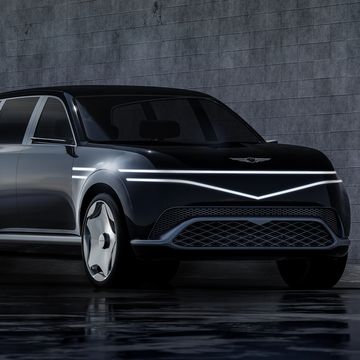That Hummer plans to continue to downsize and create a Jeep Wrangler-sized H4 has been one of the worst-kept secrets in the industry. Each new Hummer entry has been smaller than the one before it.
But for three new designers at General Motors, the timing couldn't have been better. The recent graduates of the College for Creative Studies in Detroit were hired by GM a couple years ago, about the time the automaker decided it wanted a concept in a new segment to augment the mid-size H3 and the full-size H2 SUVs.
From the separate designs of David Rojas, Min Young Kang, and Robert Jablonski came the HX concept, sketches of which are included in our photo gallery. It's the same width as the H3, but this open-air, four-passenger off-roader rides on a 103-inch wheelbase that is 10 inches shorter than the H3's.
GM will gauge public reaction to the HX at the North American International Auto Show in Detroit, as well as at the Chicago show in February, to see if this is the design direction for the long-awaited H4. The concept explores the idea of a two-door fastback Hummer, says Martin Walsh, Hummer general manager, and is designed to appeal to affluent young buyers aged 20 to 30.
If the response is favorable, little stands in the way of production—this concept is a runner. It would be more premium than the Wrangler, which would be among its competitors.
The HX is a body-on-frame, rear-wheel-drive SUV on its own chassis (GM didn't have an existing platform it could use). The young designers offered a modern take on the Hummer grille, and the concept has a standard built-in winch in the front, full underbody protection, and 35-inch tires. The suspension is independent up front and has a solid axle in the rear. Under the hood is the 3.6-liter, direct-injection V-6 from the Cadillac CTS that generates 304 horsepower and 273 pound-feet of torque.
The concept is designed to run on biofuels. For those of you hankering to get 30-percent-worse fuel economy, Walsh confirms that Hummer is still moving to become an exclusively biofuel brand, starting next August with the E85 (15-percent gasoline and 85-percent ethanol) H2. Over the next few years, Hummer will upgrade all its powertrains so that, by 2010, the entire lineup is E85 or biodiesel compatible, Walsh says.
The trio of designers also incorporated practicality in the form of removable fender flares. If there is damage to one on the trail, the driver can hop out and release the fasteners and remove it. The big hinges help facilitate removing the doors, and the roof panels come off, too.
Design creativity also manifests itself in a choice of backs: a slantback, an open SUT type, or a squareback or wagon body. Essentially, you would pick one, and the others would be available as accessories.
Inside, the center console is a prominent feature, incorporating the shifter, a giant lever that folds out from its flush position and looks like it belongs in an aircraft's cockpit. The four seats have a helicopter theme: thin and lightweight, and designed to look good when the doors are removed. Embedded in the front-passenger seat is a shovel; the driver's side has a flashlight and a first-aid kit.
The giant aluminum instrument panel, mounted on an exposed crossbeam, has removable storage bins and reconfigurable LCDs with different information when the vehicle is on- or off-road.
